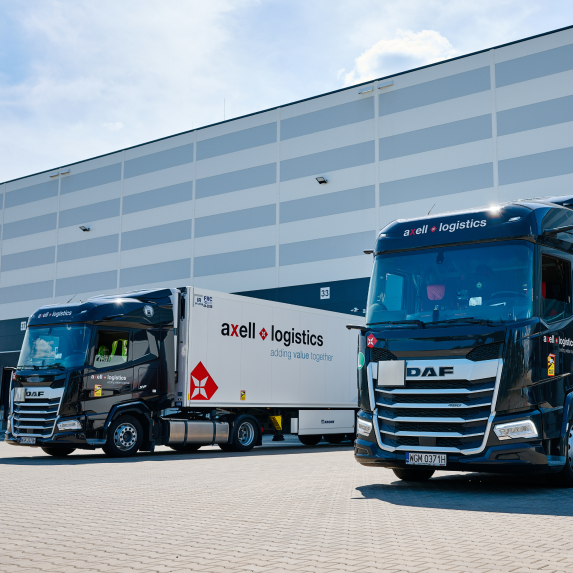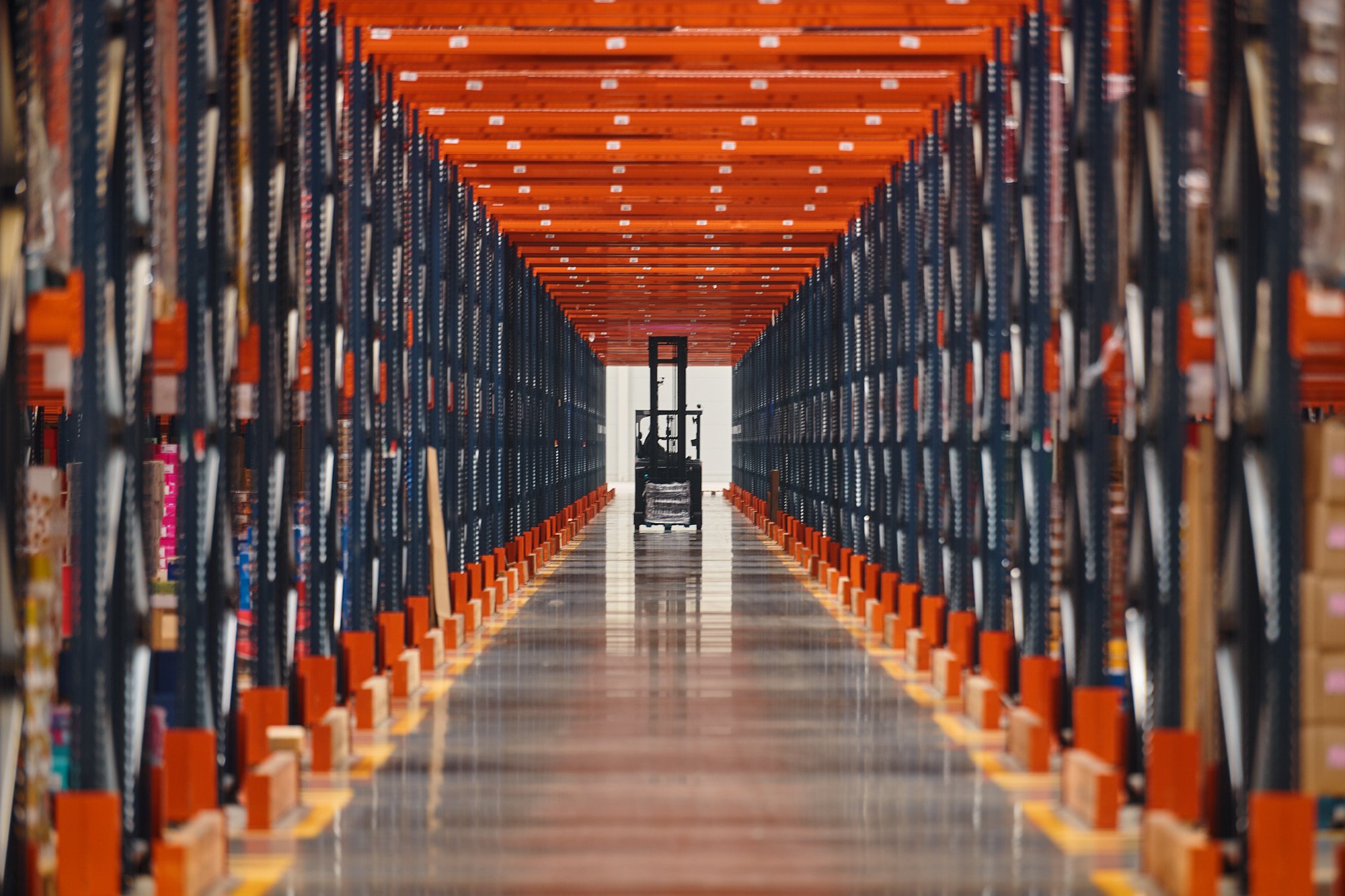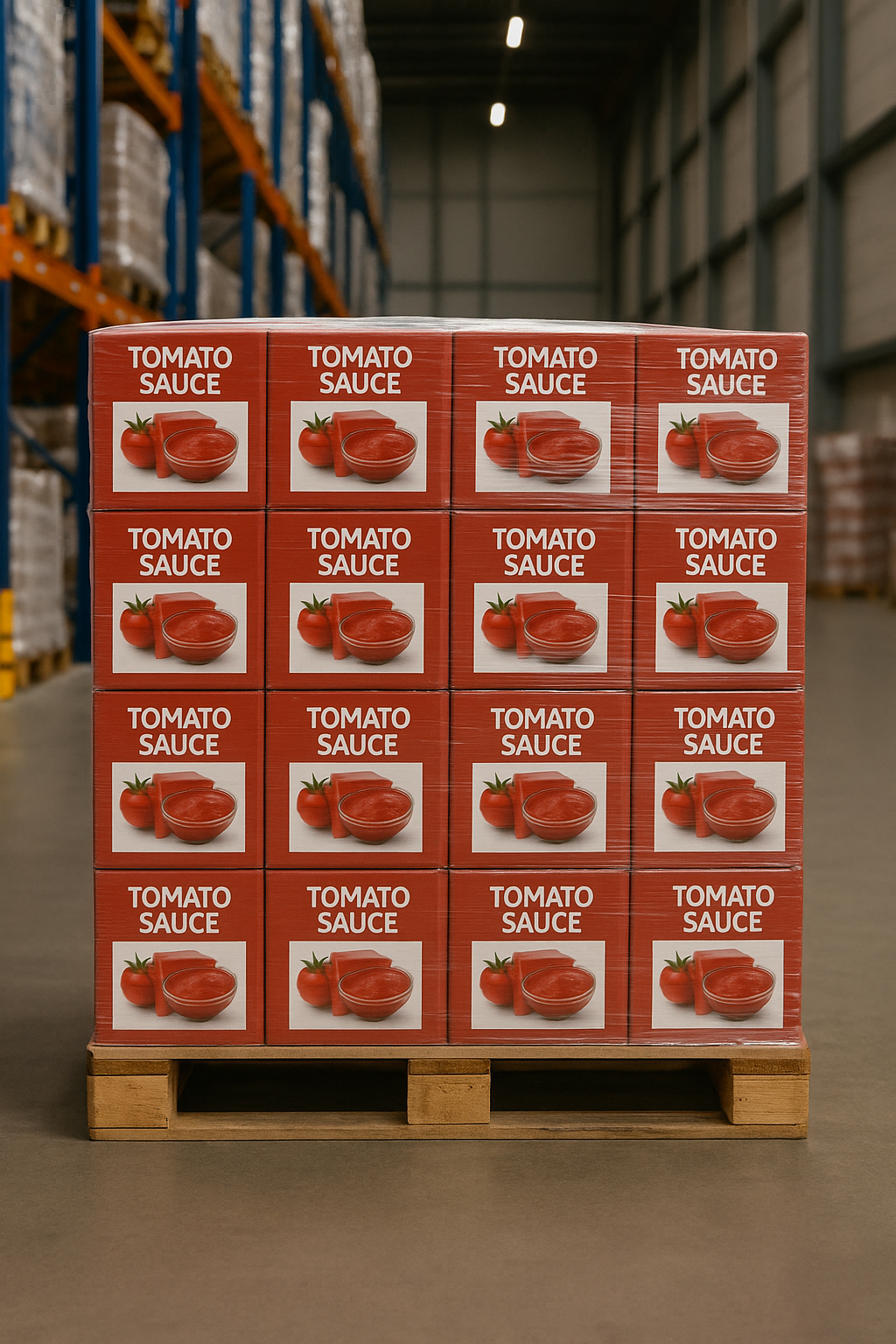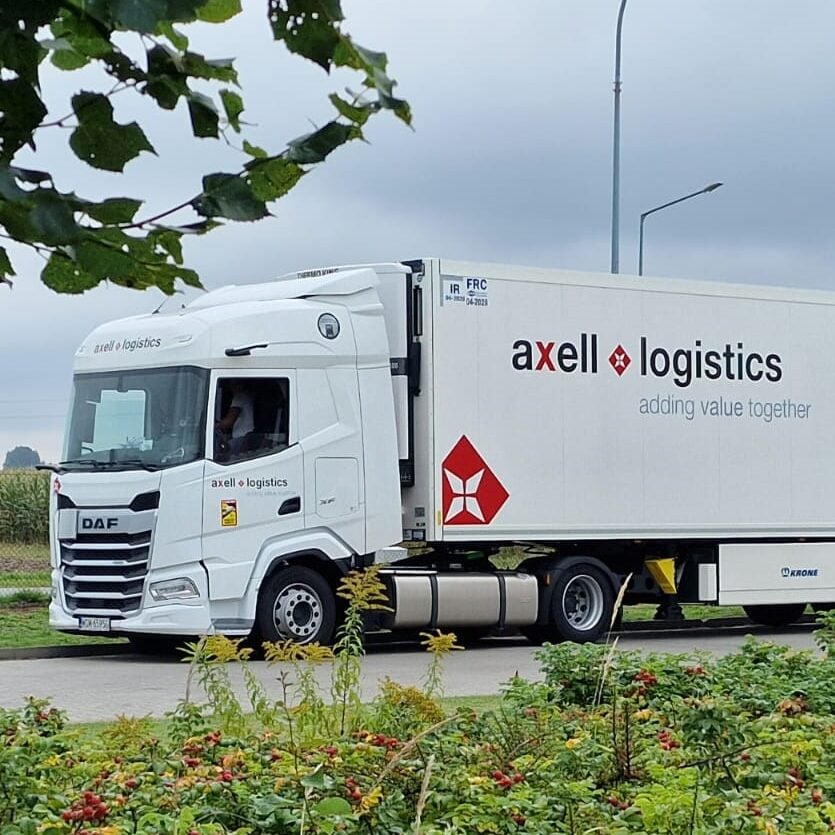Wondering what warehousing actually means? While it comes with its challenges, the process offers many advantages for businesses in terms of operational efficiency, cost reduction, and inventory management. Modern technologies like warehouse management systems (WMS) and the Internet of Things (IoT) can significantly improve warehousing operations. Optimizing warehouse space and managing inventory efficiently are key to maximizing the benefits of warehousing. We’ll explore all of this in the article below.
What does warehousing involve?
Warehousing is a vital part of the supply chain that involves receiving, storing, and preparing goods for shipment. It transforms raw materials into finished products that reach the customer. Warehousing plays a crucial role in improving operational efficiency and reducing logistics costs. The type of warehousing needed can vary based on company size, industry, and product type. For example, warehousing may include cold storage for food products, high-rack storage for large volumes, or consignment storage, where goods are stored until they are sold.
When discussing warehousing, it’s also important to consider the related costs. These include fixed costs like warehouse rental and maintenance, as well as variable costs like storage fees, staff wages, and handling equipment expenses.

What’s the difference between storage and warehousing?
The terms “storage” and “warehousing” are often used interchangeably, but they have slightly different meanings, especially in logistics and supply chain management.
Warehousing:
- Refers to storing goods in a warehouse or storage facility with the aim of protecting, preserving, and managing them until needed.
- Typically involves a controlled environment tailored to the specific needs of products—e.g., refrigerated conditions for food or humidity control for electronics.
- Includes advanced management systems that track inventory, manage orders, pick and pack items, and handle shipping.
Storage:
- Has a more general meaning, often referring to the act of keeping or piling up goods in a designated space. This could include outdoor storage, bonded warehouses, silos, etc.
- Is less complex and may not involve modern inventory systems or strict control over environmental conditions.
- Is commonly used for temporary accumulation of goods awaiting further transport or decisions regarding their use.
The main difference lies in the complexity of the process and infrastructure involved.
What are the benefits of warehousing?
Among the key advantages, operational efficiency and cost savings are the most significant. Warehousing allows goods to be stored in one central location, reducing the need for frequent transport. With accurate inventory management, it’s possible to maintain optimal stock levels—lowering the costs of overstocking.
While warehousing can be costly, it also delivers considerable benefits for inventory control. Supporting technologies enable quick product tracking and even sales trend forecasting. Advanced storage practices improve security, minimizing the risk of product loss or damage. Warehousing can also be expanded to include logistics services, further tightening the supply chain.
How can technology support warehousing?
Modern technologies enhance the effectiveness of warehousing operations. Implementing WMS and automation tools boosts efficiency, speeds up processes, and reduces errors. IoT technology also plays a major role. IoT sensors can monitor warehouse conditions and track or locate goods—particularly useful for products that require specific storage conditions, such as food or pharmaceuticals.
How to optimize warehouse space?
Warehouse space optimization is a key part of warehouse management. Understanding warehouse dimensions, the type of goods flow, and applying smart inventory strategies—like FIFO (First In, First Out), LIFO (Last In, First Out), or rotating stock practices—helps fully utilize the available space.
It’s also essential to focus on proper inventory control. Keeping the right quantity of products in stock directly impacts operational efficiency and profitability—by reducing storage costs for unsold items and preventing stockouts that could lead to lost sales.
























